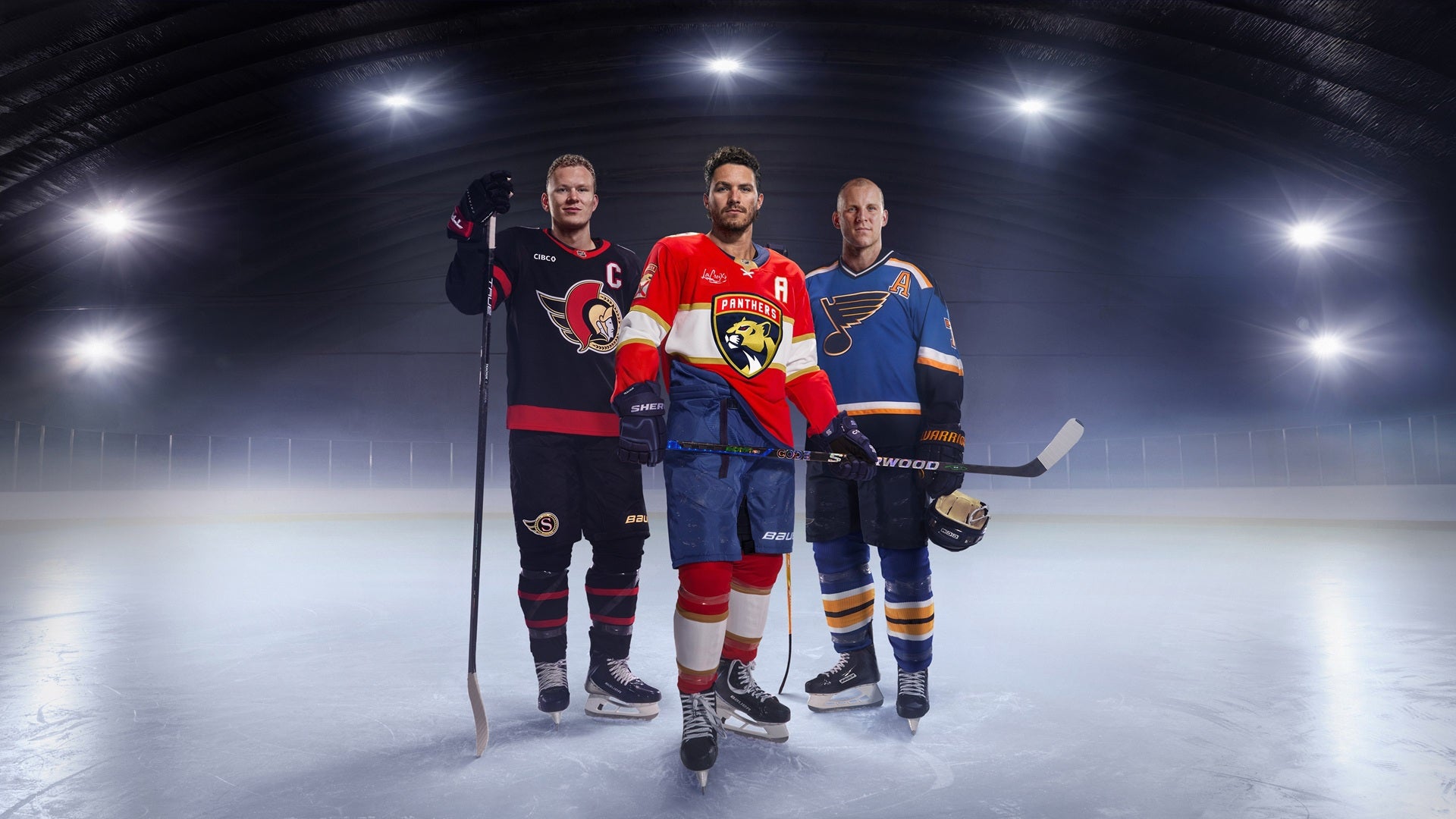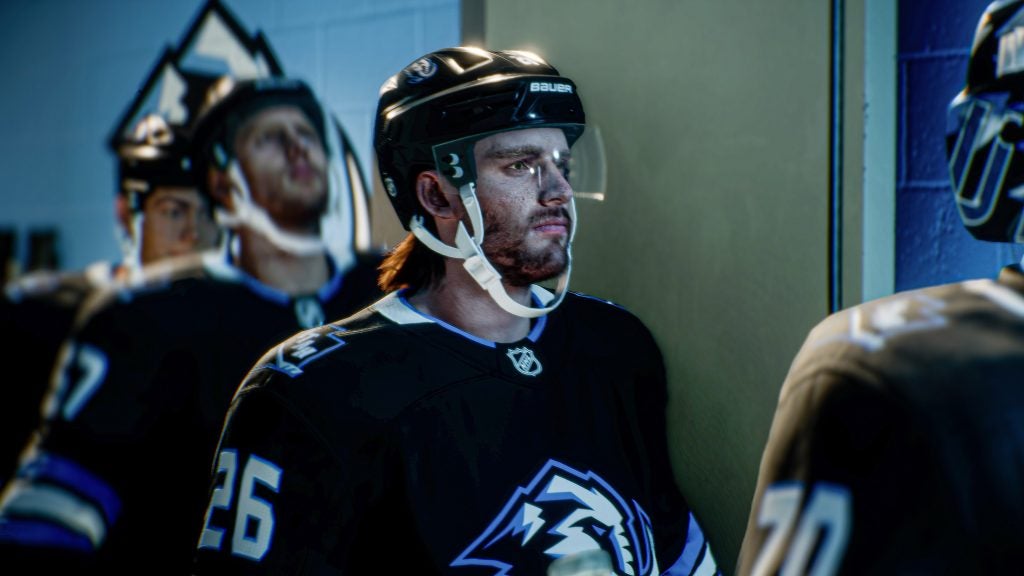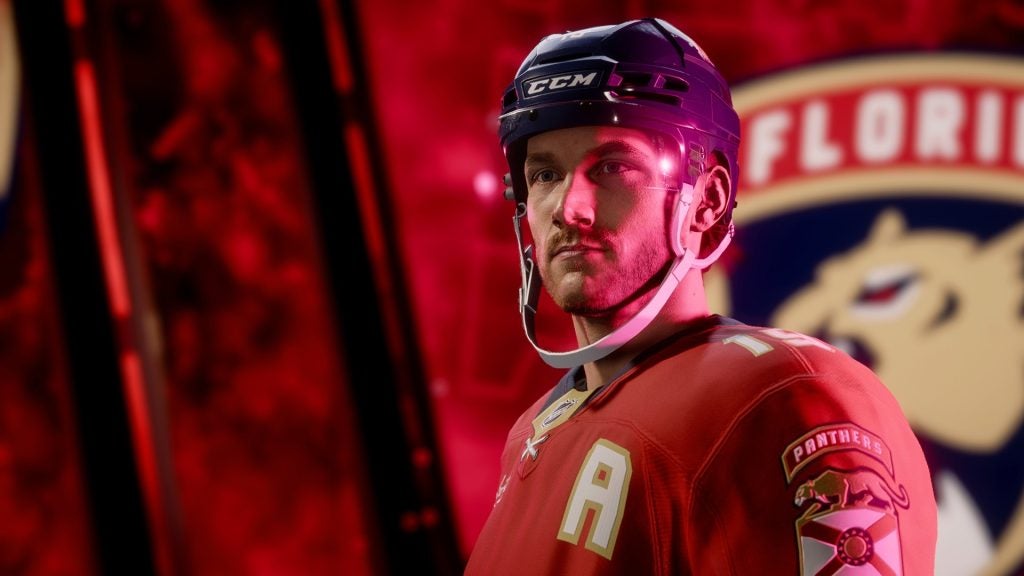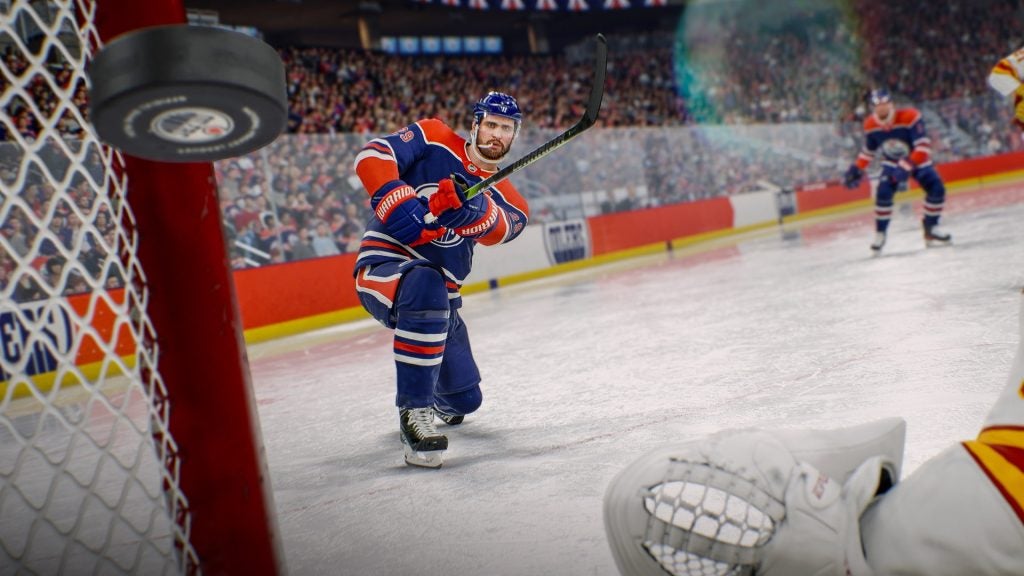Growing up in Montreal, being both a diehard Canadiens fan and an equally diehard gamer, the annual release of EA’s NHL series has always felt like Christmas morning. There’s a certain magic to cracking open a new entry and imagining fresh features, improved gameplay, and a more authentic simulation of the fastest game on ice. But with NHL 26, that excitement quickly gave way to déjà vu. After two decades with this franchise, I can say this year’s release is one of EA’s least ambitious efforts. For a game that promised innovation, realism, and polish, it feels more like NHL 25.5 than a true next step.
Editor’s Note: Reviewed on NHL 26 for Xbox Series X after 20 hours of gameplay.
Gameplay: Still Stuck in Last Season
The marketing around NHL 26 centered on “Ice-Q 2.0,” an overhaul that supposedly integrates real-world data from NHL players to create a more lifelike experience. On paper, that sounds great. In practice, it feels almost indistinguishable from last year.
Skating, shooting, and passing have not been meaningfully updated. The same canned animations return, the same frustrating bugs persist, and the same exploitable goal mechanics that worked in NHL 24 and NHL 25 still work here. Whether you are playing Ultimate Team, Be a Pro, or casual versus matches, every skater feels the same. There is little separation between elite players and depth guys outside of overall ratings.
Worse, NHL still struggles with immersion-breaking quirks: floaty puck pickups, awkward board battles, and robotic goalies. For a franchise that once felt like it was pushing the simulation envelope, NHL 26 seems content to coast on muscle memory.
Presentation: Small Gains, Big Gaps
Credit where it’s due: the presentation saw a small facelift this year. New locker room cutscenes in Be a Pro add a brief sense of immersion, and EA has promised to patch them into other modes. Replay packages also got some polish, which adds flair to the TV-style broadcast.
Unfortunately, that is where the progress ends. There are still no authentic team intros to capture the energy of an NHL arena on game night. Commentary remains stuck in place, with the same lines repeating from years past. Without fresh voices or rotating teams, the broadcast package feels stale.
Franchise Mode: Still in Limbo
Franchise mode has long been a cornerstone for dedicated NHL players, but once again it has been neglected. No meaningful updates, no new depth features, and still no return of the most requested addition of all: GM Connected.
Fans have asked for an online franchise mode since EA removed it in 2014. More than a decade later, the silence is hard to ignore. Madden and NBA 2K have shown that connected franchise modes can work and thrive, yet NHL continues to lag behind. It is a glaring omission that makes franchise mode feel like an afterthought in NHL 26.
Ultimate Team: Cup Chase Disappointment
Ultimate Team saw one notable structural change this year: the introduction of Cup Chase, which replaces Squad Battles. The idea is appealing (play through a 22-game schedule for rewards), but the execution falls flat. Rewards are underwhelming, the grind is still excessive, and it remains a largely solitary experience.
EA missed an opportunity to make Cup Chase a social, online-driven mode where players could form custom leagues with friends. Instead, it feels like another repetitive grind designed more around monetization than fun. Ultimate Team still gets the most attention, but it rarely feels like it serves the community.
World of Chel: Same Old Meta
World of Chel, the online hub for casual and competitive play, also feels stagnant. There are minor tweaks to playoff structures and matchmaking, but the underlying issues remain. The perk system continues to be dominated by a single meta: speed, speed, and more speed.
Customization and role differentiation do not matter when everyone runs the same builds. It should encourage creativity and individuality, but it funnels players into a narrow playstyle. After years of this, World of Chel needs a serious overhaul.
Be a Pro: Borrowed Ideas, Flat Delivery
Be a Pro received the most tangible new content this year, with added cutscenes, decision-making moments, and a stronger focus on NHL player performances. The execution, though, feels flat. Player voiceovers lack energy, and many of the features feel borrowed from NBA 2K’s career mode, arriving years late.
The locker room animations and branching dialogue offer some variety, but they do not move the mode forward in a meaningful way. Like much of NHL 26, Be a Pro is serviceable but uninspired.
The Core Problem: Lack of Innovation
After more than 20 hours with NHL 26, I am left disappointed. The game can still be fun in short bursts, especially with friends, but it is far from a leap forward. EA seems focused on small tweaks instead of bold changes, and players are still waiting for progress that never comes.
The absence of online franchise is the clearest example. It would bring communities together and re-energize the fanbase. Ten years without GM Connected is hard to defend, especially when other EA franchises continue to expand connected experiences.
World of Chel’s stagnation, franchise mode’s neglect, and Ultimate Team’s grind-heavy design all point to a series spinning its wheels.
NHL 26 is not a disaster. It is still the same core game that has entertained hockey fans for years, and it will deliver some good nights with friends. That is also the problem. After so many iterations, players deserve more than recycled gameplay, minor presentation updates, and shallow new modes. For diehards like me, NHL 26 will still be worth a few evenings, but it is hard not to feel shortchanged. This is not the bold new chapter EA promised. It is another reminder of how much potential remains untapped in this series.
An Xbox Series X|S code was provided by the publisher for review purposes





